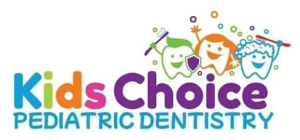Tooth-colored fillings, also known as composite and white fillings, are composed of silica, fine glass particles, and plastic. Many parents are probably aware of the traditional materials used to treat cavities, such as “silver” amalgam fillings. While this option has the strength to withstand the heavy forces generated during chewing as well as the durability to maintain its integrity over time, we understand that you want your child’s developing smile to look natural over time. Dr. Ezeanolue treats teeth in need with high-quality, tooth-colored composite material (a combination of plastics and other non-metal materials). Please contact our office for more information on white fillings.
Amalgam (silver) fillings are a conservative and well-tolerated option. However, because of their dark color, they are more visible than composite restorations and should not be used for fillings in highly visible areas. Amalgam fillings typically outlast composite restorations. Sealant acts as a barrier, keeping harmful food particles and bacteria out and thus protecting the tooth’s decay-prone areas. The tooth surface will be protected from decay if the sealant remains intact. Sealants are simple to apply and require only one visit. Each tooth is cleaned first, then conditioned and dried. The sealant is then applied to the grooves of each tooth and hardened using a special UV light. Your child will be able to eat immediately following the appointment.
Dental sealants for children are not a replacement for brushing their teeth. Maintaining proper oral hygiene and keeping up with professional dental cleanings is critical. Also, because sealants do not protect between the teeth, it is critical to floss daily.
According to research, sealants can last for many years if properly cared for (some dietary habits, such as chewing ice or hard candies, can cause them to wear down more quickly). As a result, your child will be protected from cavities from the ages of 6 to 14.

